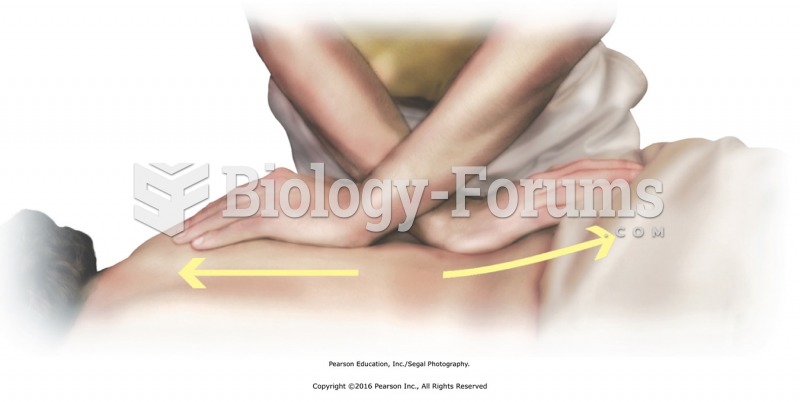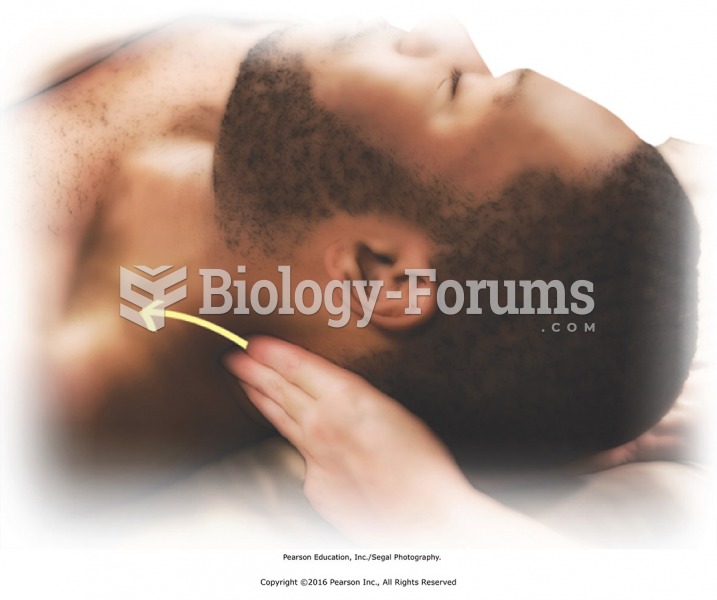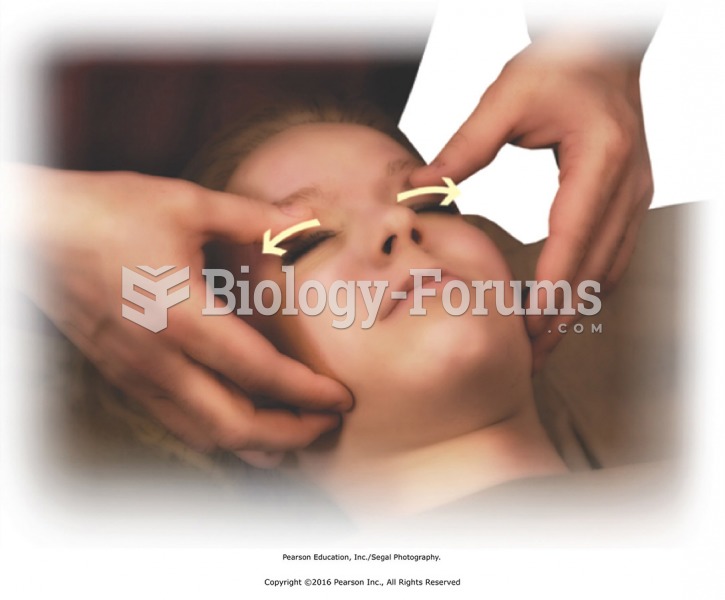|
|
|
Did you know?
Multiple experimental evidences have confirmed that at the molecular level, cancer is caused by lesions in cellular DNA.
Did you know?
The effects of organophosphate poisoning are referred to by using the abbreviations “SLUD” or “SLUDGE,” It stands for: salivation, lacrimation, urination, defecation, GI upset, and emesis.
Did you know?
By definition, when a medication is administered intravenously, its bioavailability is 100%.
Did you know?
There are more bacteria in your mouth than there are people in the world.
Did you know?
Human stomach acid is strong enough to dissolve small pieces of metal such as razor blades or staples.







